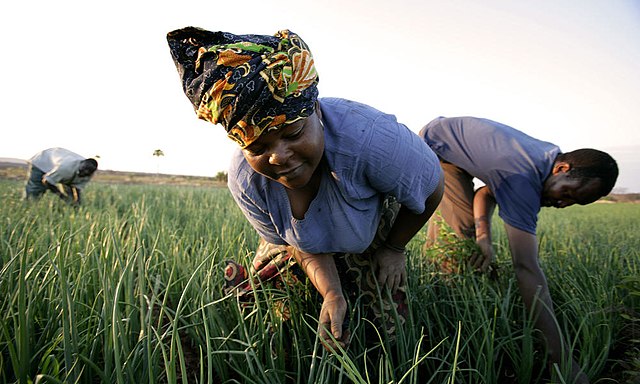As East Africa’s finance ministers read budgets on June 13, agricultural budgets in Kenya and Uganda decreased by differing margins.
Kenya’s agricultural kitty dipped by 0.2% to 84.9 billion shillings ($656.871 million) for the 2024-25 period. In retrospect, the budget for the 2023-24 financial year had been higher at 98.1 billion shillings ($758.999 million).
This is even as Uganda’s agricultural sector’s allocation fell short by 37% y-o-y, from 1 trillion Uganda shillings ($268.1 million) to 644.39 billion Uganda shillings ($172.76 million).
Uganda has given agriculture 1.6% out of a disposable 38 trillion Uganda shillings ($10.187 billion). The total national budget is 72 trillion shillings ($19.303 billion), of which 34 million trillion shillings ($9.115 billion) is for debt repayment.
A similar case applies to Kenya whose budgetary portion for the farming sector is 2.1%, lower than 2023-24’s 2.3%. In its part, the revised total budget at 3.92 trillion shillings ($30.329 billion) is higher than of the 2023-24 period. Additionally, the government will use a part of the budget to lower the national debt to 597 billion shillings ($4.618 billion). The debt current stands at 925 billion shillings ($7.156 billion).
While 54.6 billion shillings ($422.44 million) will furnish the Ministry of Agriculture, 2.5 billion shillings ($19.342 million) will combat locust emergencies. This is even as 2.4 billion shillings ($18.568 million) supports youth/women farming and 182 million shillings ($1.408 million) addresses drought.
There are however inner issues that have impacted each country’s agricultural budgets that have led to an allocation drop.
In Uganda’s case, the government explains that the exit of key donors has made it imperative to cut the agricultural budget. This means the 2024-25 budget is down by 347.522 billion Uganda shillings ($93.17 million) from 2023-24’s.
For Kenya, priority has gone to education which has received the lion’s share of 666.46 billion shillings ($5.156 billion).
All in all, the agricultural budgets of the two East African nations are within the yearly expectations despite falling short, year-on-year.
East Africa Agricultural Budgets Statistics
In the 2024-25 financial year, the agricultural budgets are small fractions of the total budgets in East Africa. For example, Kenya has allocated 2.1% to agriculture while Uganda has apportioned 1.6% of the respective total budgets. By and large, despite sidelining agriculture, the concurrent East African 2024-25 budgets prove expanding economies. They range from Burundi’s $1.5 billion to Kenya’s mammoth $31-billion budgets. Tanzania has a total budget of $18.9 billion while Uganda rounds up with $19.2 billion.
How much is the contribution of the agricultural sectors in Kenya and Uganda to national GDPs?
Both countries rely on agriculture to foster economic growth. Agriculture represents 20% of Kenya’s GDP, according to a Central Bank of Kenya report of January 2024. The Food and Agricultural Organization (FAO) however puts the contribution higher at 33% of Kenya’s GDP. According to FAO, this is not all for agriculture also contributes another 27% of the GDP through interlinked sectors. Uganda, on the other hand, depends on agriculture for 24.1% of its GDP. This is the third highest representation after industry and services sectors. 62.9% to 68% of employment chances in Uganda lie in agriculture, too, according to the World Bank, in 2021.
